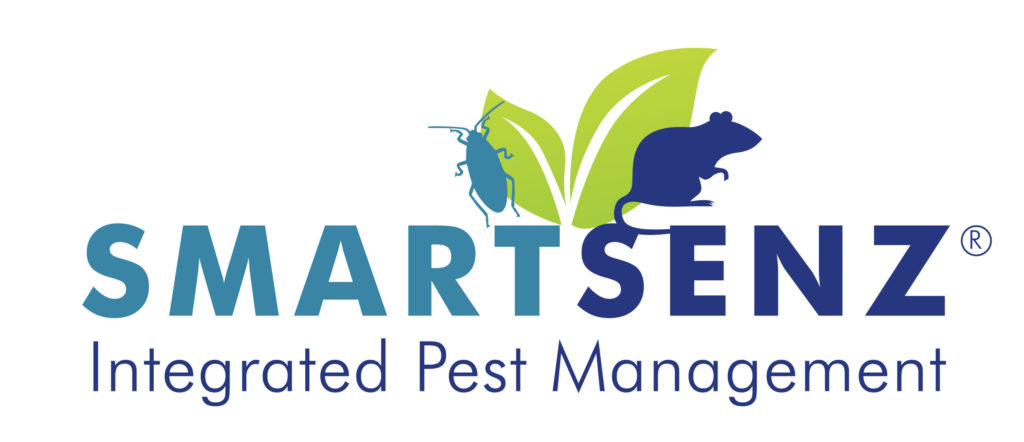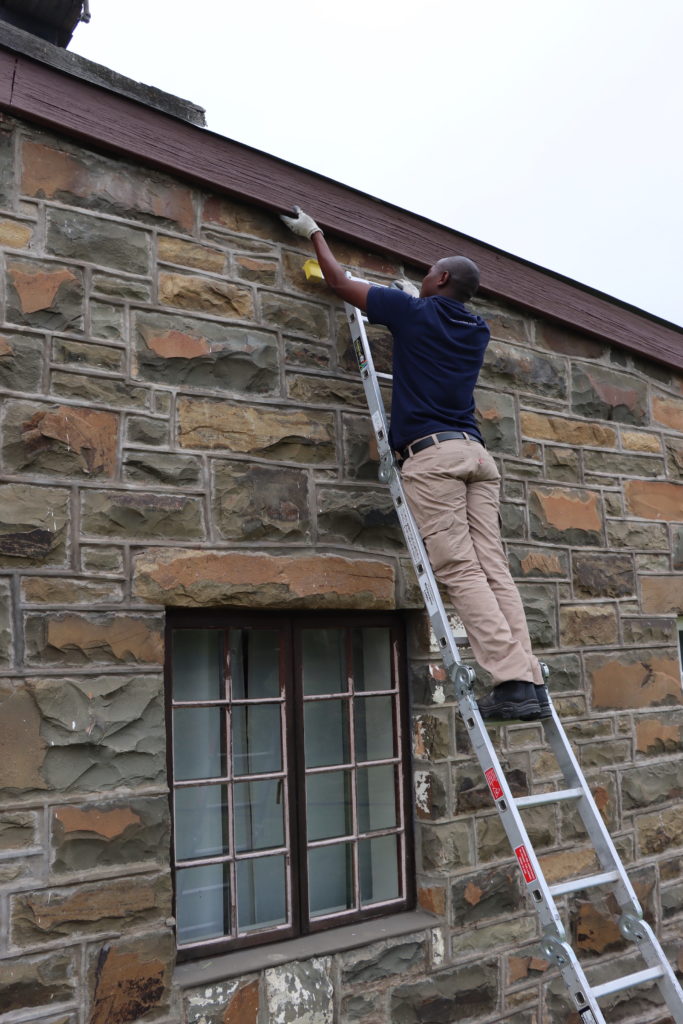Bat exclusion is a necessary but delicate process that must be done at the right time to ensure both effective pest management and bat conservation. The best time for bat exclusion in South Africa is critical to preventing starvation, abandoned pups, or even legal repercussions. This guide explains why timing is crucial and when to schedule bat exclusions safely.
Why Timing Matters for Bat Exclusion
Bats play a vital role in controlling insect populations and maintaining ecosystem balance. However, excluding them at the wrong time can cause serious harm. Two key periods to avoid are:
- Winter Hibernation (May – July): Some bat species enter a state of torpor to survive colder months. Exclusion during this time can trap bats inside buildings, causing them to perish due to a lack of food.
- Maternity Season (October – February): During this period, female bats give birth and nurse their young. Excluding bats at this time can leave helpless pups trapped inside, leading to their deaths.
The Best Time for Bat Exclusion in South Africa
To ensure bats are safely relocated without disrupting their life cycle, the best time for bat exclusion in South Africa is:
✅ March – April (end of summer, before winter hibernation begins)
✅ August – September (after winter, before maternity season starts)
By following these timeframes, you can humanely exclude bats while protecting their populations.
Why Bats Matter
Bats are not pests—they are essential to ecosystems! Here’s why:
🌿 They control insect populations, including mosquitoes and agricultural pests.
🌿 They help pollinate plants and disperse seeds, supporting biodiversity.
🌿 They reduce the need for pesticides, making them natural allies in sustainable farming.
For eco-friendly bat exclusion that protects both your property and South Africa’s bat populations, trust the experts.
📞 Contact us today for an ethical bat exclusion assessment!



